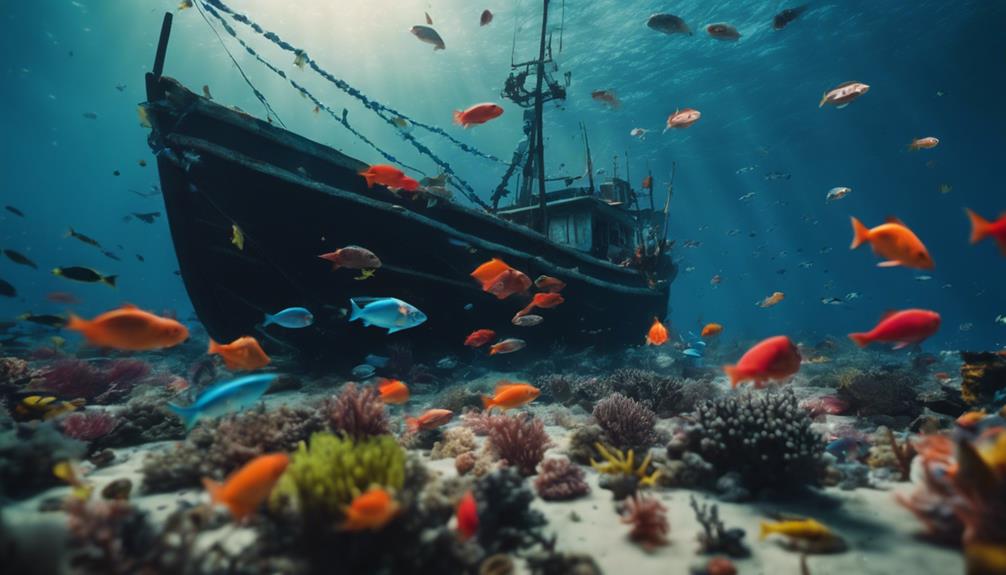Introduction to Fly Fishing for Bluegill
Fly fishing for bluegill is an exhilarating experience that attracts anglers of all skill levels. Bluegill (Lepomis macrochirus) are renowned for their aggressive feeding habits and willingness to take flies, making them an ideal target for fly fishing enthusiasts. Unlike traditional bait fishing, fly fishing allows for a more interactive and engaging angling experience. In this guide, we will delve into the essentials of fly fishing for bluegill, covering everything from gear selection to techniques and seasonal strategies.
Understanding Bluegill Behavior and Habitat
To effectively catch bluegill, it is crucial to understand their behavior and preferred habitats. Bluegills are typically found in freshwater lakes, ponds, and slow-moving rivers, favoring areas with ample vegetation and structure. They spawn in shallow waters during warmer months, often creating nests in clusters. Understanding the seasonal patterns of bluegill can significantly enhance your chances of a successful catch. In spring and early summer, targeting the shallow waters where bluegill congregate to spawn can yield excellent results. As the temperature rises, they may retreat to deeper, cooler areas but will still be found near structures like fallen trees, rocks, and aquatic plants.
Selecting the Right Fly Fishing Gear
When it comes to fly fishing for bluegill, choosing the right gear is essential. A lightweight fly rod, typically in the 2 to 5 weight range, is ideal for this species. The shorter rod length, around 7 to 9 feet, enhances casting accuracy in tight spaces. Pair your rod with a corresponding reel and floating or intermediate fly line. Opt for tippet material in the 4x to 6x range, as bluegills have keen eyesight and may be spooked by thicker lines. Lastly, a selection of flies, including poppers, nymphs, and terrestrial patterns, will provide you with various options to attract bluegill. Experimenting with different patterns can lead to surprising success on the water.
Choosing the Best Flies for Bluegill
Selecting the right flies is critical when fly fishing for bluegill. Popular fly patterns include foam poppers, which create surface disturbances, enticing bluegills to strike. Additionally, small nymphs such as the Pheasant Tail or Hare’s Ear are effective subsurface options. Terrestrial patterns like ants and beetles can also be highly effective during the warmer months when insects are abundant. When choosing flies, consider the local forage and the water conditions. Bright colors may be more effective in murky water, while natural tones work better in clearer conditions. Always keep a variety of flies in your tackle box to adapt to changing circumstances on the water.
Effective Techniques for Fly Fishing for Bluegill
Mastering specific techniques can greatly improve your success rate while fly fishing for bluegill. One effective method is the “cast and retrieve” technique, where you cast your fly near structures and retrieve it slowly, mimicking the movement of prey. This method is particularly effective with poppers, as the surface action can provoke aggressive strikes. Another useful technique is to use a “dead drift” presentation with nymphs, allowing the fly to drift naturally with the current. Experimenting with varied retrieve speeds and patterns can help you find what entices bluegill in your specific fishing location.
Seasonal Strategies for Fly Fishing Success
The best time for fly fishing for bluegill depends largely on the season. In the spring, focus on shallow waters where bluegills are spawning. This is the prime time for catching larger fish as they are more aggressive. During the summer months, bluegills may seek cooler, deeper waters, making early morning or late evening fishing more productive. Fall can also be an excellent time to target bluegills as they feed aggressively to prepare for winter. Understanding these seasonal patterns will help you time your fishing trips for maximum success.
Conservation and Ethical Fishing Practices
As with any fishing activity, practicing conservation and ethical fishing is crucial when fly fishing for bluegill. Always follow local fishing regulations, including size and bag limits, to ensure sustainable populations. If you’re practicing catch and release, handle fish gently and minimize their time out of the water to reduce stress. Educating yourself about the local ecosystem and the role bluegill play can deepen your appreciation for these fish and the environment. By practicing responsible fishing, you help ensure that future generations can enjoy the thrill of fly fishing for bluegill.
Conclusion: Embrace the Joy of Fly Fishing for Bluegill
Fly fishing for bluegill offers a unique blend of excitement and challenge that appeals to anglers of all ages. With the right gear, techniques, and an understanding of bluegill behavior, you can enhance your fishing experience and increase your chances of landing these feisty fish. Whether you’re a beginner or an experienced angler, the thrill of watching a bluegill take your fly is an unforgettable moment. So grab your rod, head to your local waters, and embrace the joy of fly fishing for bluegill. Happy fishing!
In conclusion, this comprehensive guide on fly fishing for bluegill provides you with the knowledge and tools needed to embark on a successful fishing adventure. By understanding bluegill behavior, selecting the right gear, and employing effective techniques, you’ll be well-equipped to enjoy this rewarding sport. Remember to practice ethical fishing and conservation to ensure a sustainable fishing experience for years to come.
